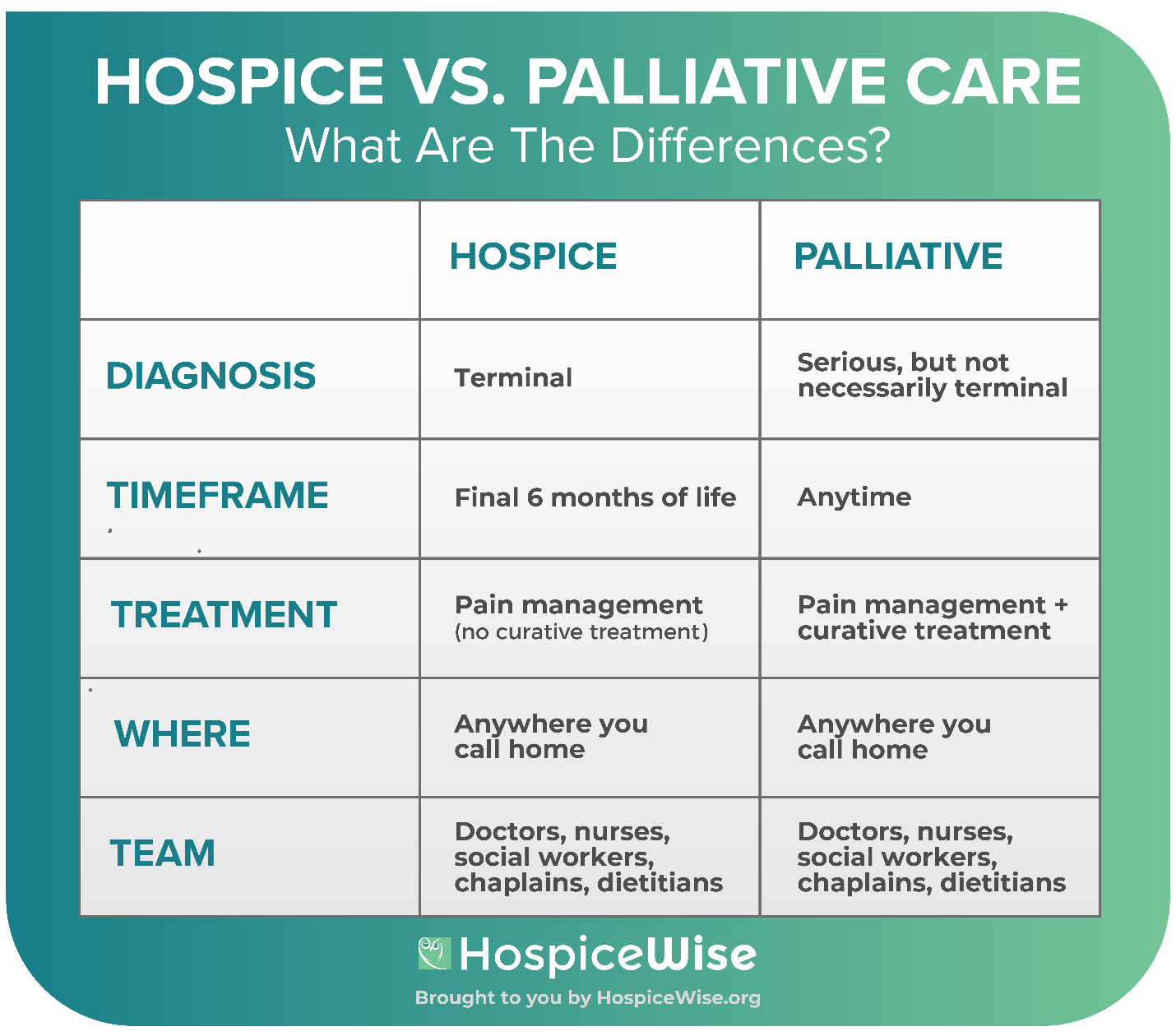During a change-of-shift report, a night shift nurse informs the day shift nurse that a newly admitted client was disoriented and combative during the night. Which of the following actions should the day shift nurse take?
Keep the client's television on with the volume low
Insert an indwelling urinary catheter to minimize interaction with the client.
Consult the provider regarding administering a mild sedative on a schedule.
Move the client to a room near the nurses' station
The Correct Answer is D
A. Keep the client's television on with the volume low: This is incorrect because it does not address the client's safety or agitation. The television might also be a source of confusion or stimulation for the client.
B. Insert an indwelling urinary catheter to minimize interaction with the client: This is incorrect because it is an invasive and unnecessary procedure that increases the risk of infection and trauma. It also violates the client's dignity and autonomy.
C. Consult the provider regarding administering a mild sedative on a schedule: This is incorrect because it is not the first action to take. The nurse should first assess the client's condition and identify possible causes of disorientation and combativeness, such as pain, infection, medication side effects, or delirium. Sedatives should be used as a last resort and only with informed consent.
D. Move the client to a room near the nurses' station: This is correct because it allows for close observation and supervision of the client, which can prevent injury and promote safety. It also facilitates frequent interaction and reassurance from the staff, which can reduce anxiety and agitation.
Nursing Test Bank
Naxlex Comprehensive Predictor Exams
Related Questions
Correct Answer is D
Explanation
A. Initiate contact precautions for the client upon admission. This is incorrect because contact precautions are not sufficient to prevent the spread of TB, which is an airborne disease that can travel through small droplets in the air.
B. Restrict visitors from entering the client's room during hospitalization. This is incorrect because visitors can enter the client's room as long as they wear appropriate personal protective equipment (PPE) such as an N95 respirator, gown, gloves, and eye protection.
C. Wear a surgical mask while providing care for the client. This is incorrect because a surgical mask does not filter out small airborne particles that carry TB bacteria. The nurse should wear an N95 respirator or higher level of respiratory protection when caring for a client who has active TB.
D. Have the client wear a surgical mask while being transported outside the room. This is correct because a surgical mask can reduce the amount of droplets that are expelled by the client when coughing or sneezing, thus minimizing the risk of infecting others in common areas or hallways.
Correct Answer is A
Explanation
A is correct because hospice care includes bereavement support for the family for up to a year after the client's death.
B is incorrect because the hospice nurse does not administer pain medication, but rather teaches the family how to manage the client's pain at home.
C is incorrect because respite care is one of the services that hospice provides to allow the family to take a break from caregiving.
D is incorrect because hospice care does not aim to prolong life, but rather to provide comfort and quality of life for the client and the family.

Whether you are a student looking to ace your exams or a practicing nurse seeking to enhance your expertise , our nursing education contents will empower you with the confidence and competence to make a difference in the lives of patients and become a respected leader in the healthcare field.
Visit Naxlex, invest in your future and unlock endless possibilities with our unparalleled nursing education contents today
Report Wrong Answer on the Current Question
Do you disagree with the answer? If yes, what is your expected answer? Explain.
Kindly be descriptive with the issue you are facing.
